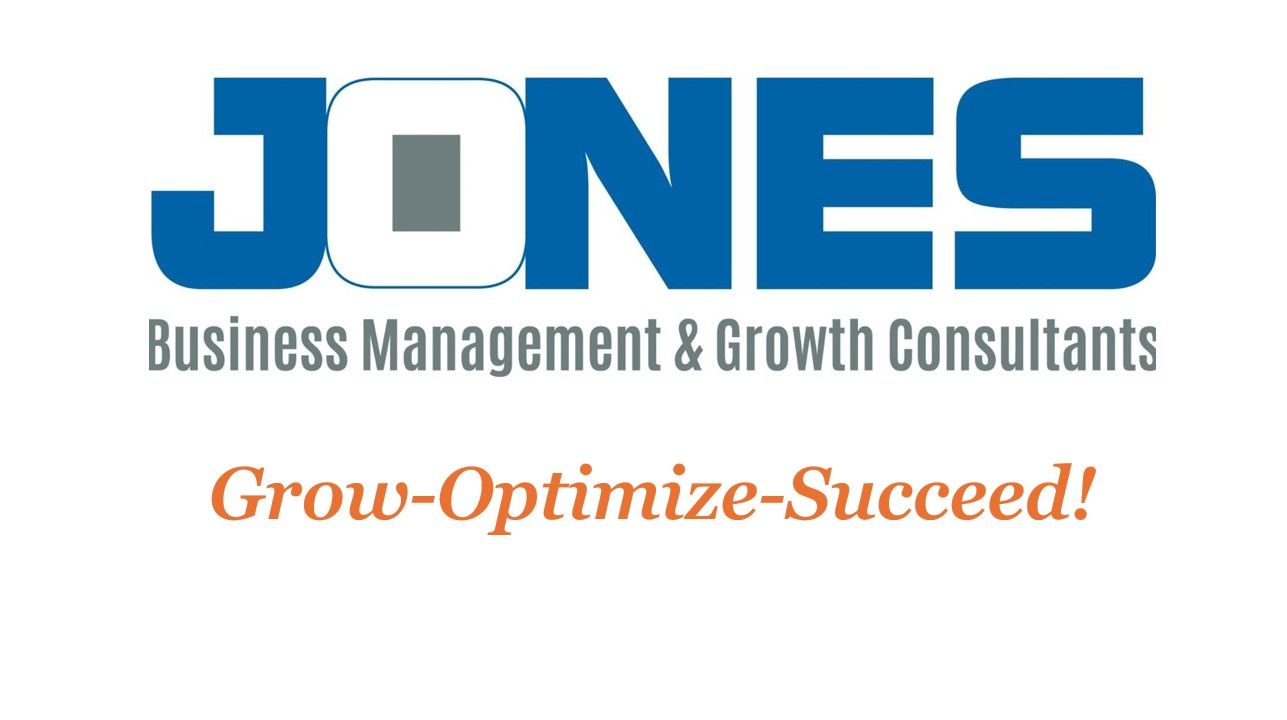Owner to Leader: How to Build a Business That Grows Without You-Part 3
Empowering Your Team with Clear Roles and Accountability

Building a strong, self-sufficient team doesn’t just happen by chance—it requires clarity, structure, and accountability. When your team understands their roles and what’s expected of them, they can operate more efficiently and confidently, freeing you as the business owner to focus on growth and strategy.
Many home service business owners struggle with team performance not because their employees lack skills, but because the business lacks clarity. Miscommunication and undefined expectations create chaos, inefficiencies, and missed opportunities.
The solution? Defining clear roles and expectations while holding your team accountable.
Why Clarity and Accountability Are Game-Changers
When your team lacks clarity, you’ll notice these common problems:
- Confusion Over Responsibilities: Employees overlap tasks or leave critical ones undone because no one knows who’s responsible.
- Missed Goals: Without clear expectations, team members don’t understand what success looks like.
- Low Morale: Ambiguity creates frustration and discouragement, leading to disengagement.
- Owner Overload: You end up micromanaging to fix problems that could have been avoided with clear guidance.
Clarity and accountability eliminate these issues by providing structure and ensuring everyone knows their role in achieving the business’s vision.
Defining Roles and Responsibilities
1. Create Detailed Job Descriptions
A strong job description outlines not just the tasks an employee is responsible for, but how those tasks contribute to the business’s success. Include:
- Position Overview: A brief summary of the role.
- Responsibilities: Specific, actionable tasks they are expected to perform.
- Skills and Qualifications: What they need to succeed in the role.
- Performance Metrics: How success will be measured.
For example, a lawn maintenance crew leader’s description might include:
- Ensuring all team members arrive on time and prepared.
- Verifying that all tools and equipment are accounted for before and after each job.
- Communicating progress and issues to management during the day.
2. Define KPIs (Key Performance Indicators)
KPIs are measurable goals that let employees know if they’re meeting expectations. Examples for home service businesses include:
- Job completion rate.
- Customer satisfaction scores.
- Number of call-backs or errors.
- Time efficiency per job or route.
By tracking KPIs, you create transparency about performance and identify areas for improvement.
3. Use Accountability Frameworks
Accountability ensures team members stay on track and take ownership of their roles. Consider these tools:
- Weekly Check-Ins: Regular one-on-one or team meetings to review progress and address challenges.
- Performance Reviews: Formal assessments to discuss strengths, weaknesses, and areas for growth.
- Team Scorecards: Visual tools that track progress toward shared goals, such as job completion rates or revenue targets.
Empowering Employees Through Accountability
Accountability doesn’t mean micromanaging—it means empowering employees to take responsibility for their work. Here’s how to build accountability into your team:
- Communicate Expectations Clearly: Regularly remind your team of their roles, KPIs, and the business’s goals.
- Provide Training and Support: Ensure employees have the tools and skills they need to succeed.
- Foster a Culture of Feedback: Create an environment where team members feel comfortable discussing challenges and seeking solutions.
- Recognize and Reward Success: Acknowledge employees who meet or exceed expectations to motivate and inspire the team.
Real-Life Example: Turning Chaos into Clarity
Mark, the owner of an HVAC business, struggled with constant confusion among his team. Jobs were delayed because no one knew who was responsible for scheduling, prepping tools, or following up with customers.
After defining roles, setting KPIs, and holding weekly accountability meetings, Mark’s team became more efficient and proactive. His callbacks dropped by 20%, and his customer satisfaction ratings improved significantly. More importantly, Mark no longer had to micromanage—his team was confident and capable of handling day-to-day operations.
Start Defining Roles and Building Accountability Today
Here’s how you can begin:
- Write detailed job descriptions for each position in your business.
- Identify KPIs that measure performance and align with your goals.
- Schedule regular check-ins to track progress and provide feedback.
By creating clarity and accountability, you empower your team to operate at their best, freeing you to focus on growing your business.
Is This Your Struggle? Let’s Talk
If this is an issue you are struggling with, I would like a chance to interview you for a program I am working on. This is not a sales call; this is market research. If you will give me 30 minutes of your time, when we conclude the call I would be happy to give you some free actionable steps you can use to help solve some of your issues. Schedule here: https://go.thryv.com/site/DanJonesConsulting/online-scheduling?service=0nafyomx1atct78q
















